As artificial intelligence (AI) continues to reshape industries, the roles of data engineers and machine learning (ML) engineers have become increasingly intertwined. Both professions are vital for the success of data-driven projects, yet the distinctions between their responsibilities, tools, and workflows are not always clear. So where exactly do the lines blur, and what does the future hold for these evolving roles? Let’s dive into the details.
Defining the Roles: Responsibilities and Focus Areas
At first glance, the roles of data engineers and machine learning engineers seem distinct, but their overlap becomes apparent as projects progress:
Data Engineer
- Primary Focus: Building and maintaining the infrastructure that supports data pipelines and storage.
- Responsibilities:
- Common Tools: Apache Spark, Hadoop, Snowflake, Airflow, SQL, and Python.
Machine Learning Engineer
- Primary Focus: Developing, deploying, and maintaining ML models.
- Responsibilities:
- Common Tools: TensorFlow, PyTorch, scikit-learn, Docker, Kubernetes, and cloud platforms like AWS SageMaker.
Where the Lines Blur
1. Data Preparation
Both roles often work on cleaning and preparing data, but the depth of involvement differs:
- Data Engineers focus on large-scale data cleaning and ensuring datasets are robust for multiple downstream use cases.
- ML Engineers dive into specific datasets, creating features tailored to the requirements of ML models.
2. Infrastructure Development
With the rise of MLOps, ML engineers are increasingly involved in tasks traditionally owned by data engineers:
- Building automated pipelines for continuous training and deployment of ML models.
- Collaborating on infrastructure for real-time data streaming to support predictive models.
3. Tool Usage
The gap in tools is narrowing as data engineers adopt ML-specific tools like MLflow for model management, and ML engineers use data engineering tools like Apache Kafka for real-time data ingestion.
Collaboration in Action: Real-World Examples
1. Predictive Maintenance in Manufacturing
- Data Engineers: Built pipelines to collect IoT sensor data from factory machines and store it in a real-time database.
- ML Engineers: Used this data to train a model that predicts machine failures, reducing downtime by 25%.
2. Personalization in E-Commerce
- Data Engineers: Aggregated customer interaction data from multiple channels, ensuring it’s readily available for analysis.
- ML Engineers: Developed recommendation systems using this data, boosting customer engagement by 15%.
3. Fraud Detection in Banking
- Data Engineers: Streamlined transaction data pipelines and ensured real-time availability.
- ML Engineers: Built a real-time anomaly detection model to flag suspicious activities, improving fraud detection rates.
The Future of Data Roles: Convergence and Specialization
1. The Rise of Hybrid Roles
The growing overlap between data engineering and ML engineering is giving rise to hybrid roles like “ML Ops Engineer” or “Data Science Engineer,” where professionals need skills across both domains.
2. Automation and Low-Code Platforms
As tools like Databricks and AWS simplify workflows, some tasks traditionally handled by data engineers or ML engineers may become automated, enabling professionals to focus on higher-level challenges.
3. Demand for Cross-Functional Teams
Organizations will increasingly value teams where data engineers and ML engineers collaborate seamlessly, emphasizing communication and shared knowledge to drive innovation.
Key Takeaways
- Data engineers focus on building scalable data systems, while ML engineers concentrate on developing and deploying machine learning models.
- The rise of MLOps and advanced tools is blurring the boundaries between these roles, requiring cross-functional expertise.
- Collaboration between these roles is crucial for the success of data-driven projects, as seen in real-world examples like predictive maintenance and fraud detection.
As AI adoption grows, these roles will continue to evolve, blending the technical foundations of data engineering with the innovation-driven tasks of machine learning engineering. What’s your experience? Are you seeing these roles converge in your organization, or do they remain distinct? Let’s discuss!
#dataengineer #machinelearningengineer #mlengineer

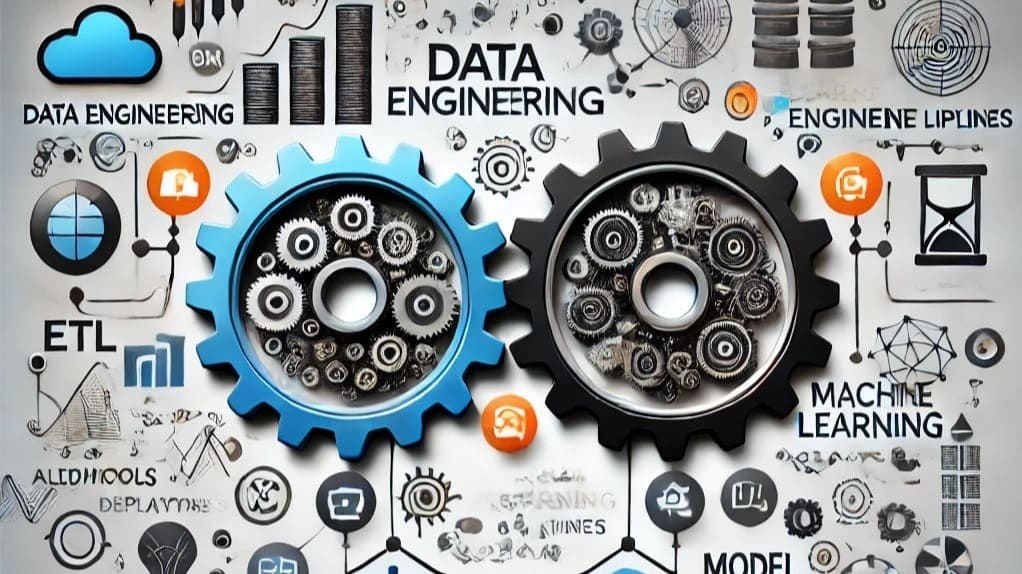


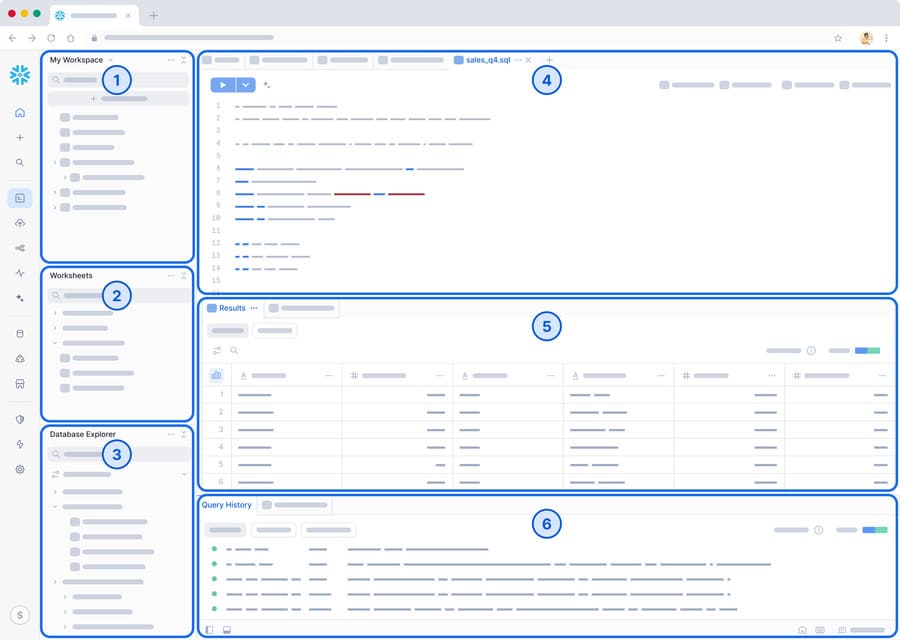
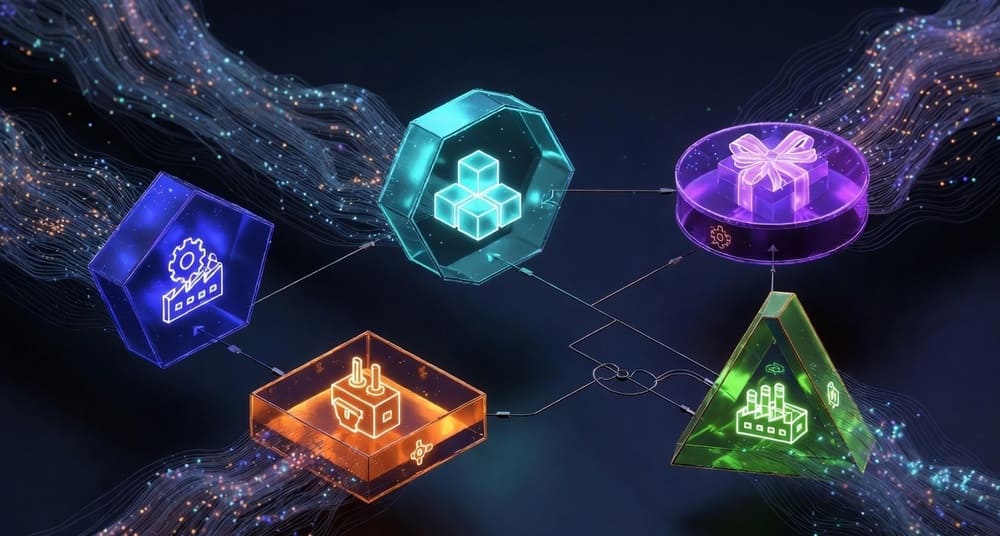
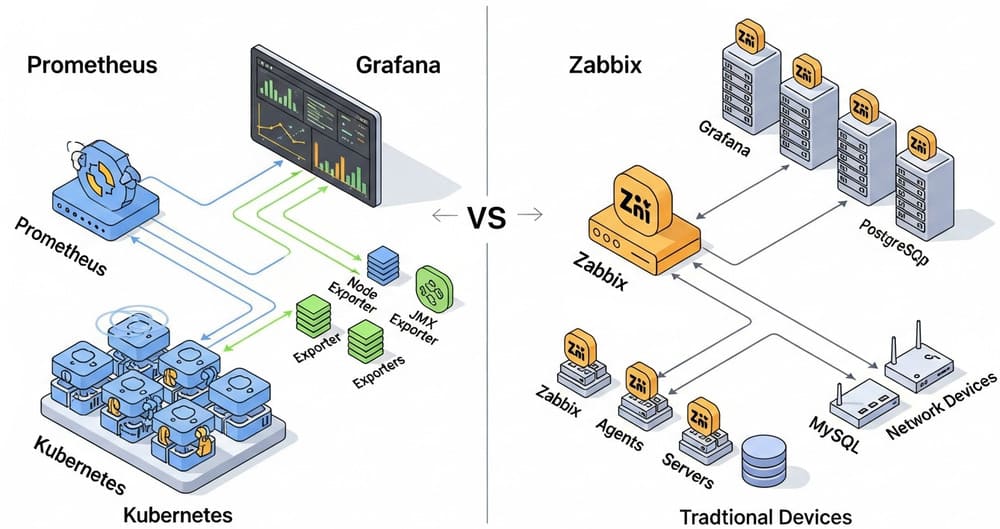
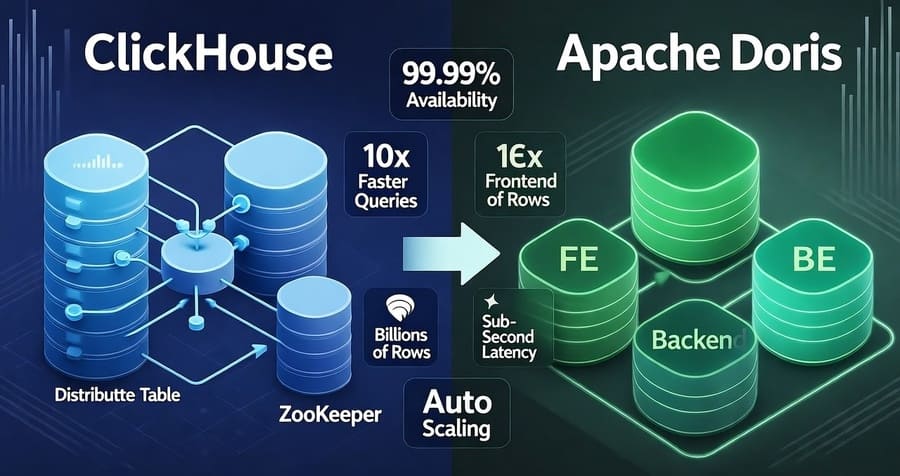
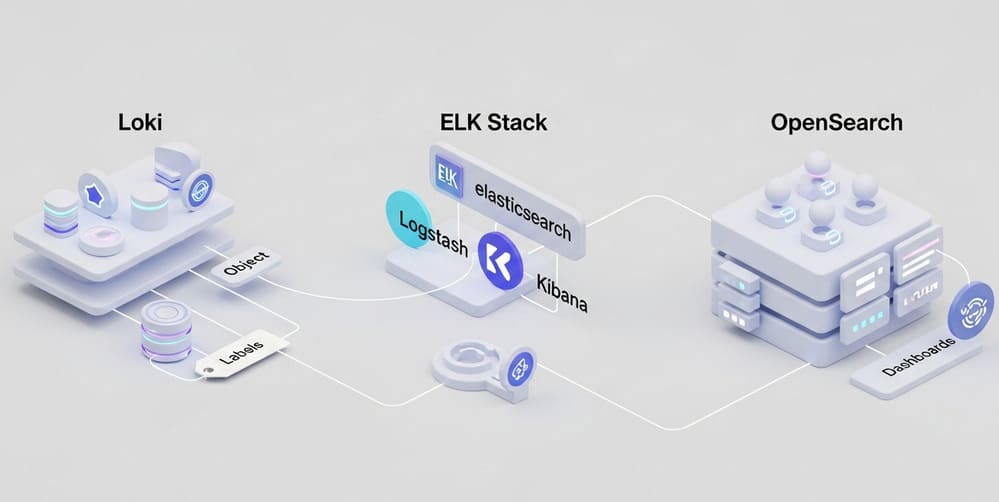
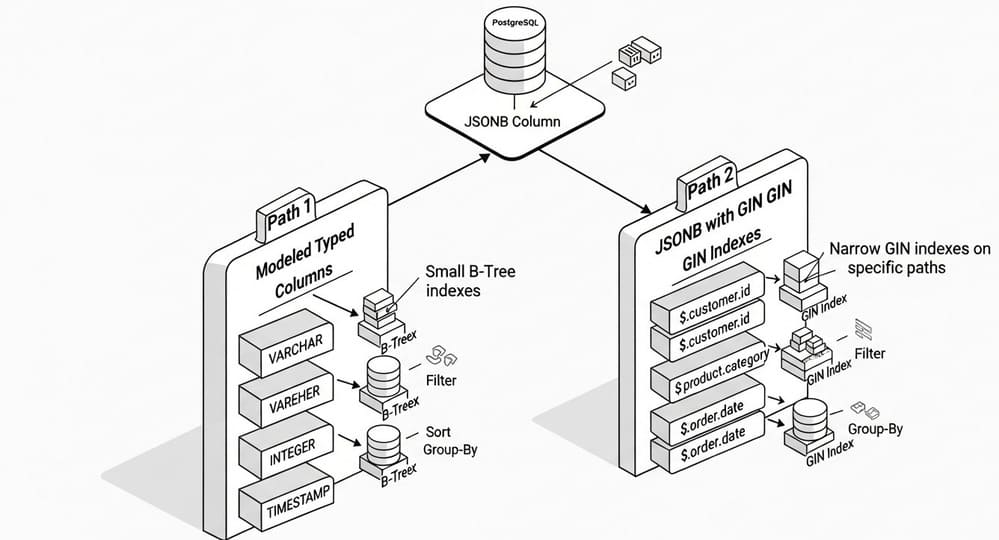
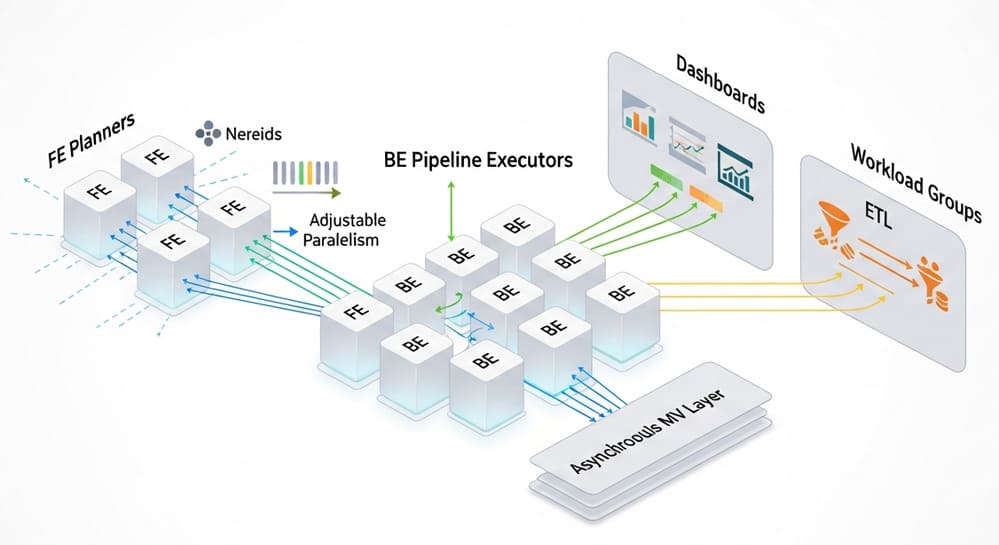



Leave a Reply